Learnings from Wired for Wonder

When I heard the words ‘the soft stuff is the hard stuff, nothing beats face-to-face’, I had gone from intrigued to genuinely captivated.
I was attending Wired for Wonder in Melbourne, a richly rewarding program of diverse speakers from the arts, business and science. I was there in support of a colleague who was giving a workshop on the use of practical communication techniques in establishing trust. What really gave me joy was to see how many of the speakers from seemingly diverse disciplines had lighted on conclusions that I had understood intuitively in my work as an actor and a teacher but had no empirical evidence to point to. There is much being made of the studies of neuroscience and the impact the findings are having on the way we understand effective communication. It was an uplifting event that confirmed beliefs and excited new possibilities. Here are some reflections on two speakers who made an impact, both in their subjects and their abilities to connect with the audience.
Dr Fiona Kerr, a social neuroscientist from The University of Adelaide, spoke about neurons, neural nets and neurogenesis (growth and development of neurons). OK, I can follow all this to a point, but most compelling was her statement that in terms of connectivity, nothing beats face-to-face contact. When people shared smiles and laughter, had trust, respect and empathy, this lowered the resistance to new ideas so more information could be absorbed bringing about greater creativity and innovation. Something goes off in the brain and inspires a ‘dynamic resonance’. This is actually a reference to neural activity in the brain but seems appropriate to describe the buzz of a group working effectively together.
On the flip side, when people are stressed, feeling threatened or judged, the effect of cortisol being released ‘dumbs you down’ and makes you less creative and trusting. Her argument points to creating positive, empathetic environments. Again, all pretty obvious stuff, but wonderful to hear someone from a science background give credence to what actors have always understood. An important implication is that while the use of technology for communication is an efficient tool, the findings suggest that establishing personal relationships face-to-face first is imperative. We retain a stronger connection to that person even if future contact is mediated by phone or video.
Nolan Bushnell, scientist and entrepreneur, founder of Atari Corporation and the first and only person to hire Steve Jobs, spoke on the future of education and gaming. His address was a study in charm and vision. ‘Passive does not work’ he decreed, ‘acting, moving does!’ I was hooked. This was a call to do away with an industrial age notion of education with its one-size-fits-all approach and its mechanised view of how we learn.
‘The most important thing about hiring people… is not to hire dead people.’ We laugh. He counters, ‘No, really, I ask “is this person full of life, out of the box?”‘. He is talking about education that inspires creative and innovative thinking, not rehashed lifeless repetition. ‘What’s the difference between ignorance and apathy? Don’t know, don’t care.’ We laugh, but also shudder. He presented us with a vision of his ideal school-day with its emphasis on active enquiry, problem solving, exercise and imagination. He too was pointing at the findings in neuroscience to advocate more effective ways to educate so as to encourage people to creatively problem solve and, ultimately, think for themselves. He made particular mention of the state known in psychology as ‘flow’. Athletes and performers know this trance-like state as the ‘zone’. Game builders use this notion to capture the complete focus and involvement of the person playing the game. In flow, there is total absorption in the performance of the task and emotions are positively charged resulting in a feeling of joy.
As a performer and a teacher, I strive to enable that sense of flow. Unfortunately it is not possible to consciously switch flow on and off. One can only attempt to create the environment conducive for flow to occur – to observe the times when things fly and when they become mired by judgement and negativity. To me, the most important point I took away from these speakers is that real connectivity offers people the opportunity to explore and play beyond what they may have thought possible. As a teacher this is what I aspire to do.
All views expressed are author’s own.
About this author: Luciano Martucci, Business Development Associate, NIDA Corporate, Melbourne Read Bio Want to know more? Give him a call today on 1300 650 357 |

